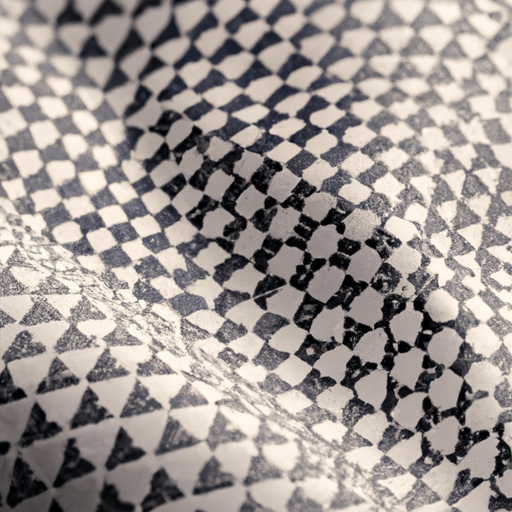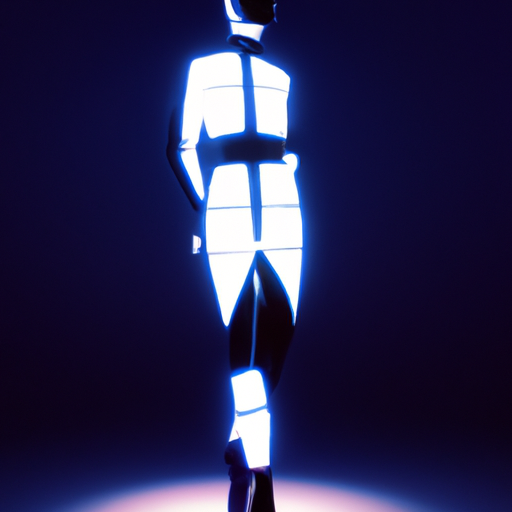Cutting-edge technological innovations are transforming clothing into intelligent, responsive systems that adapt to human needs. Smart fabrics now integrate sensors, temperature regulation, and health monitoring capabilities into everyday garments. This revolution promises to redefine our relationship with clothing beyond traditional aesthetic and functional boundaries.

The intersection of technology and fashion is creating a revolutionary new landscape where clothing becomes more than just a covering—it transforms into an interactive, intelligent system that responds to human needs and environmental conditions. Smart fabrics represent the cutting edge of this technological revolution, promising to fundamentally reshape how we conceptualize and interact with our clothing.
At the core of smart fabric technology are advanced materials engineered with embedded electronic components and sophisticated sensors. These innovations allow garments to perform functions far beyond traditional textile capabilities. Temperature-regulating fabrics, for instance, can dynamically adjust to body heat and external climate conditions, providing optimal comfort in diverse environments.
Health monitoring capabilities are among the most exciting developments in smart clothing. Emerging textile technologies can now track vital signs like heart rate, respiratory function, and even stress levels through sensors woven directly into fabric. Athletes, medical patients, and health-conscious consumers stand to benefit significantly from these innovations, which provide continuous, non-invasive health data.
Performance sportswear has been a primary testing ground for smart fabric technologies. Brands like Nike and Under Armour are developing compression garments with integrated biometric tracking, allowing athletes to monitor their physical performance in real-time. These clothes can provide immediate feedback on muscle activity, hydration levels, and potential injury risks.
Beyond performance tracking, smart fabrics are also addressing sustainability challenges. Some innovative textiles can now purify surrounding air, neutralize harmful bacteria, and even regenerate themselves after wear. These self-cleaning and self-repairing capabilities represent a significant leap forward in reducing textile waste and extending garment lifecycles.
The fashion industry is rapidly adapting to these technological advances. High-end designers are collaborating with technology companies to create avant-garde collections that merge aesthetic appeal with functional innovation. Runway shows increasingly feature garments that challenge traditional notions of clothing as passive objects.
Consumer electronics companies are also entering the smart fabric market. Google's Project Jacquard, for example, has developed touch-sensitive fabric that allows wearers to control smartphones and other devices through subtle gestures embedded in clothing. This represents a profound reimagining of how we interact with technology through our personal attire.
Medical applications of smart fabrics are particularly promising. Researchers are developing garments that can monitor chronic conditions, administer targeted medication, and provide early warning systems for potential health complications. For individuals managing complex health conditions, these technologies could offer unprecedented levels of personalized healthcare monitoring.
Economically, the smart fabric market is experiencing explosive growth. Market analysts predict the global smart textile market could reach $10 billion by 2025, driven by increasing consumer demand for technologically enhanced clothing. This growth is particularly strong in sectors like sports performance, healthcare, and high-end fashion.
Ethical considerations remain crucial in this technological evolution. Privacy concerns surrounding data collection, potential surveillance capabilities, and the environmental impact of electronic textiles must be carefully navigated. Responsible innovation requires balancing technological potential with robust ethical frameworks.
As technology continues to advance, the line between clothing and technology will become increasingly blurred. Smart fabrics represent not just a technological innovation, but a fundamental reimagining of the relationship between human bodies, clothing, and technological systems. The future of fashion is intelligent, responsive, and deeply integrated with our lived experiences.



